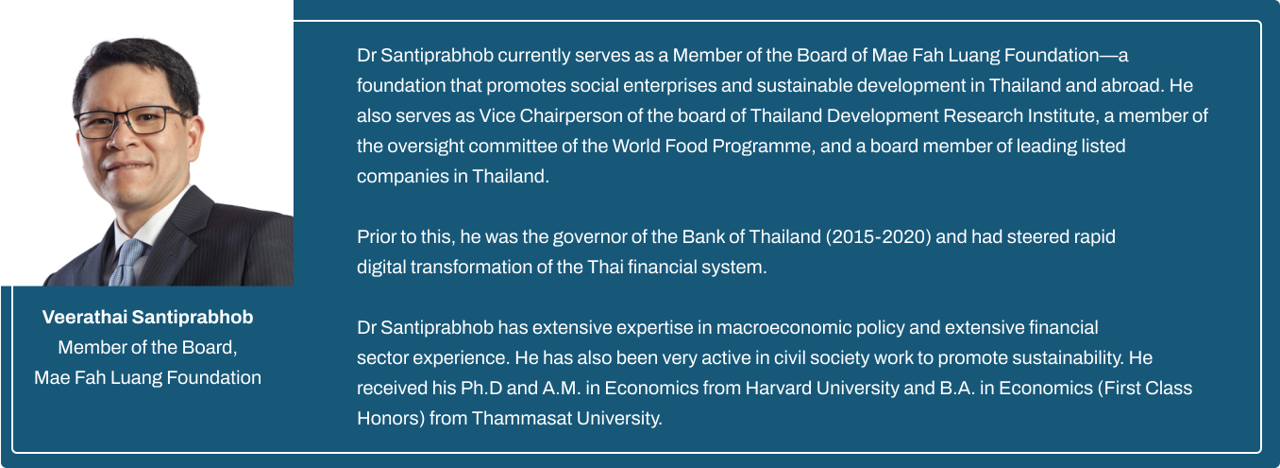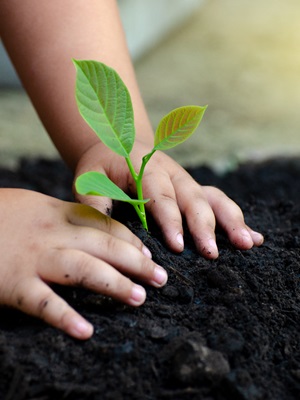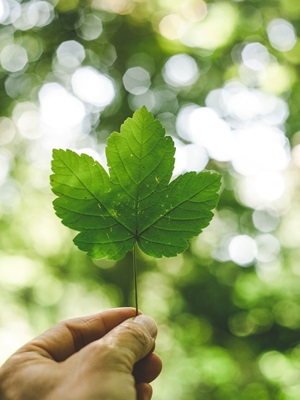As climate crises intensify, eco-anxiety emerges as a widespread emotional response. While it can lead to distress, it also has the potential to inspire hope and pro-environmental action.
Eco-Anxiety’s Relevance
Eco-anxiety, short for ecological anxiety, though lacking a standardised definition, is a strong negative emotional response to environmental crises, including climate change, biodiversity loss, pollution, and more. The term itself is said to have been coined by environmental philosopher Glenn Albrecht, who categorised it as people's reactions of worry and anxiety in view of global climate change threats and concurrent environmental degradation.
At the moment, different terms are used interchangeably in the literature, such as climate change anxiety, climate change worry, environmental distress, ecological grief, or ecological stress. As a consequence, different definitions are used, including “a chronic fear of environmental doom” and “extreme worry about current and future harm to the environment caused by climate change” among others.
Eco-anxiety has been studied since 2007, however it has become relevant now more than ever due to visible climate events, media coverage as well as scientific warning signs such as the loss of six of the Earth’s nine planetary boundaries.
Eco-anxiety is not pathologic, as researchers have found that experiencing low levels of anxiety and emotions in the face of climate change is a normal response to a stressful reality. As such, there is no mental health diagnosis of eco-anxiety. However, some people who are experiencing eco-anxiety will feel genuine distress that can limit their daily activities and lead to serious depressive symptoms. Thus, some researchers are now suggesting that the concept of eco-anxiety may be placed on a spectrum: on one end, these strong emotions may lead to action and mobilisation, empowering people to take up pro-environmental behaviour such as changing bad habits; on the other end, eco-anxiety may lead to paralysis and denial when faced with the immensity of the problem. People may move along this spectrum depending on many factors, including their social capital, access to resources and the world’s global situation. It is also argued that anxiety can be a moral emotion, showing that a person cares about important problems and uncertainties. This line of thought can be applied to eco-anxiety.
Who Is Affected by Eco-Anxiety?
Everyone depends on the health of the planet, so eco-anxiety can affect anyone. Certain groups, however, face a higher chance of climate-related distress, in part because of their greater vulnerability to climate change. These vulnerable groups include indigenous communities, people living in regions with high geological risk such as islands or coastal regions, those who have experienced physical environmental changes due to climate change (individuals with high disaster exposure) as well as the elderly, women, youths and children. Factors such as childhood trauma or lifestyle factors can also influence one’s susceptibility to eco-anxiety.
Indigenous communities have more prevalent eco-anxiety due to them typically living in geographically vulnerable areas as well as their interdependence on the natural environment. They may also not be able to conduct their cultural or spiritual practices due to loss of heritage connected to the natural world, whether it is from natural disasters, pollution or other environmental crises. Notably, there have also been cases of indigenous rights and environmental rights being closely linked together, such as in the “Stop Line 3” protests in the United States.
People living in coastal or island regions—such as the Maldives, Kiribati, Tuvalu, and the Marshall Islands—may soon see their homes disappear due to rising sea levels. Small island developing states, often overlooked in climate discussions, are already facing disproportionate levels of flood exposure, despite contributing the least to climate change.
Similarly, people who have experienced physical environmental changes due to climate change, such as injury or stress resulting from extreme weather events, made homeless or displaced by climate change impacts, or suffered the effects of rising sea levels, droughts or unpredictable weather, are more likely to experience greater levels of stress and vulnerability to developing anxiety related to climate change. Eco-anxiety may also be coupled with mental health issues. For instance, survivors of the 2018 Camp Fire, one of the deadliest and most destructive wildfires in California history, were at increased risk of developingmental health disorders, particularly PTSD and depression. Survivors of hurricanes and other extreme weather events also suffered similar rates of depression and PTSD.
People from younger generations such as children are more vulnerable to the effects of climate change on their mental health as they have stronger responses to extreme weather events like PTSD, depression, and sleep disorders, partly due to theirgreater dependence on adult family members and social support networks that might be disrupted by the event. Youths also reported higher scores than older adults when reporting on the degree of climate anxiety impacting their ability to function. Not only that, but youths also feel that the future is frightening, and humanity is doomed. They believe that governmental response is inadequate and that they have been betrayed or abandoned by governments and adults.
Eco-anxiety is also often made worse because of social media and technology, which enable the person to be connected to potentially disturbing information on a constant basis. This can exacerbate anxiety and contribute to feelings of powerlessness or overstimulation.
Eco-Anxiety and Action
However, there is also evidence that worry and hope were positively correlated, and that hope was also associated with action. In the context of encouraging pro-environmental actions, a moderate level of anxiety could also engender feelings of virtue, encouraging people to rethink actions with negative ecological impacts and create feelings of self-efficacy. For example, empirical research about the anxiety of climate activists shows that many of them recognize powerlessness as a major source of their anxiety: they simply do not have the political power to do what they deem that needs to be done. However, being able to do at least something constructive helps many people with their eco-anxiety, even when certain anxiety still remains.
While eco-anxiety is a valid and real response, we can foster a mindset of creative resilience to combat the negative feelings associated with it and instead channel those emotions into meaningful action, both individually and collectively. By adopting an ownership mentality and taking steps, either individually or jointly, to protect our environment, we can create a better future for us all.
Posted 10/10/2024

















